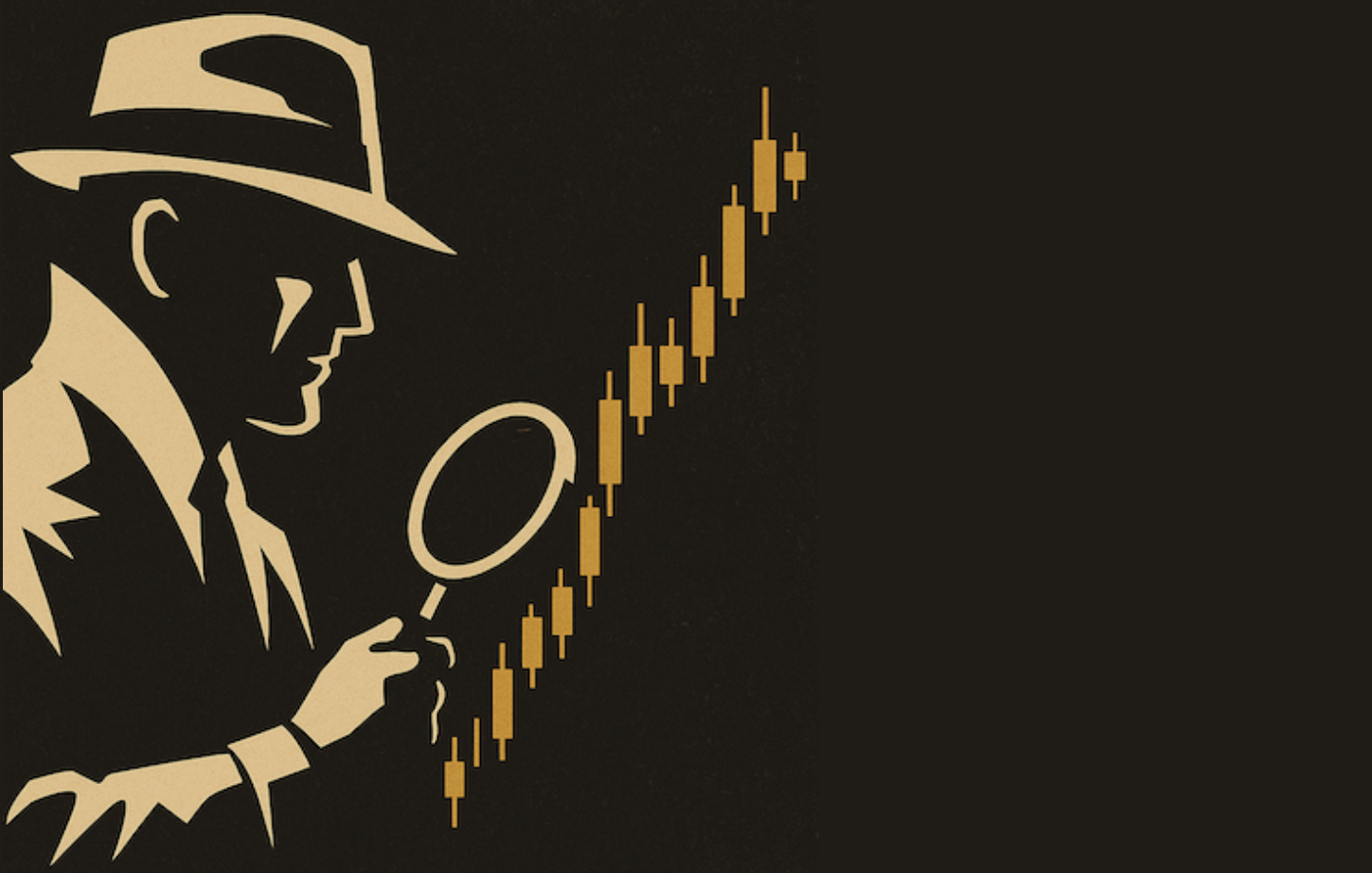SPY HOLDS GAINS AND EXTENDS CONSOLIDATION -- US DOLLAR INDEX BREAKS JUNE LOW -- OIL AND GOLD BENEFIT FROM DOLLAR WEAKNESS -- NET NEW HIGHS WEAKEN OVER THE LAST THREE MONTHS -- AD VOLUME LINES RUN INTO RESISTANCE
SPY HOLDS GAINS AND EXTENDS CONSOLIDATION ... Link for todays video. Boy, it is just like a Fed day. Wait, it is a Fed day. Fed Chairman Bernanke finally gave his speech at Jackson Hole and the markets bounced like the silver ball in a pinball machine. The S&P 500 surged over 10 points with a move above 1410 on the open, plunged back below 1400 just after 10AM and then made another run at 1410. All in the first two hours. The Fed Chairman noted that prior quantitative easing programs helped the economy and the Fed stands ready to act if needed. No surprises there. He had nothing to say about the current stock market trends, the breakout in gold, resurgent treasuries, the support test in the Dollar or the high price of oil. In short, Chairman Bernanke did not offer much for us chartists. Looks like we are stuck with good old fashion technical analysis.

(click to view a live version of this chart)
Chart 1
Chart 1 shows the S&P 500 ETF (SPY) in a clear uptrend since early June. The pink trend line marks support at 139 in early September, which is just around the corner. Since surging above 140 in early August, the ETF moved into a rather choppy consolidation as it awaits the next employment report, which is due on September 7th (blue dotted line). With broken resistance around 138 also turning into support, I am inclined to mark medium-term support in this zone (138-139). A close below 138 would show enough selling pressure to affect the medium-term uptrend. The indicator window shows the Percent Price Oscillator (PPO) holding in positive territory since late June. Momentum clearly favors the bulls as long as this indicator holds above zero. Chart 2 shows the Russell 2000 ETF (IWM) with key support marked at 78.50.

(click to view a live version of this chart)
Chart 2
US DOLLAR INDEX BREAKS JUNE LOW ... The US Dollar Index ($USD) was not impressed with the prospects of more quantitative easing because it would dilute the currency. Chart 3 shows $USD moving to a new low for the month in morning trading. This is an end-of-day (EOD) chart so I drew a black candlestick to mark todays action. $USD is currently around 81.15 as of 11:30AM ET. The trend since late July is clearly down with a falling wedge taking shape. Despite this downtrend, Dollar bears should not get too complacent because there is a potential support zone in the 81 area. Broken resistance, the June low and the 50-61.80% retracement mark support here. Also notice that RSI moved below 30 for the first time since late October. Oversold and potential support are one thing. A breakout and reversal are another. At the very least, a break above 82.20 is needed to reverse the falling wedge. Chart 4 shows the US Dollar Fund (UUP) for reference.

(click to view a live version of this chart)
Chart 3

(click to view a live version of this chart)
Chart 4
OIL AND GOLD BENEFIT FROM DOLLAR WEAKNESS... The Gold SPDR (GLD) continues to move counter to the Dollar as this classic intermarket relationship holds up. Chart 5 shows GLD breaking resistance as the Dollar broke down the last few weeks. Broken resistance in the 157-158 area turns into the first support zone to watch on a throwback, should there be one. GLD is up over 1% in early trading on Friday and not showing signs of a pullback. A lot, of course depends on the Dollar. Continued weakness in the greenback would be bullish for bullion.

(click to view a live version of this chart)
Chart 5
Chart 6 shows the US Oil Fund (USO) breaking falling wedge resistance with a surge above 35.50 on Friday. This move reinforces support in the 34-35 area. Notice that the Commodity Channel Index (CCI) bounced off the zero line to reinforce momentum support in the zero to -50 area. USO remains in bull mode as long as 34 holds on the price chart and -50 holds for CCI.

(click to view a live version of this chart)
Chart 6
NET NEW HIGHS WEAKEN OVER THE LAST THREE MONTHS... Even though the S&P 1500 Index ($EIS) is trading near its spring highs and within a few percent from a 52-week high, Net New Highs have shown less strength since early July and are dangerously close to turning negative. Keep in mind that less strength is not the same as weakness. New highs are still outpacing new lows, just at a lower rate. Chart 7 shows US Net New Highs ($USHL) in the indicator window, the cumulative line in the main window and the S&P 1500 Index. $USHL equals NYSE and Nasdaq new highs less NYSE and Nasdaq new lows. Think of it as new highs and new lows for the market overall. The S&P 1500 Index combines the S&P 500, S&P MidCap 400 and S&P SmallCap 600 into one large index.

(click to view a live version of this chart)
Chart 7
Net New Highs remain bullish overall, but a rather sharp divergence is brewing and this should be watched closely. Notice how US Net New Highs peaked in early July and formed a lower high in August. Even though the index is up significantly since early July, Net New Highs have not expanded past +400 since early July. This suggests that participation in the advance is narrowing. Nevertheless, the bulls still have an edge as long as new highs outpace new lows. The cumulative Net New Highs line continues to rise and remains above its 10-day EMA. A break below this moving average would reflect an increase in new lows and turn the indicator bearish.
AD VOLUME LINES RUN INTO RESISTANCE... In addition to less strength in Net New Highs, the AD Volume Lines are dragging their feet and not keeping pace with their underlying indices. However, like Net New Highs, the cup is still half full and these indicators have yet to turn outright bearish. Chart 8 shows the NYSE AD Volume Line ($NYUD) in black, the NY Composite ($NYA) as a gray dotted line and MACD of the AD Volume Line in the indicator window. Yes, this is measuring the momentum of the AD Volume Line. First, notice how the NY Composite (black) and the AD Volume Line (gray) moved step-for-step from September to mid July. While the NY Composite moved comfortably above its July high, the AD Volume Line hit some resistance at its July high and failed to keep pace. Second, notice that MACD of the AD Volume Line is still positive, but it would not take much to push it into negative territory. A break into negative territory would be bearish for this key breadth indicator.

(click to view a live version of this chart)
Chart 8
Chart 9 shows the Nasdaq with the same corresponding indicators. The Nasdaq is close to its spring highs, but the AD Volume Line is not. In fact, the AD Volume Line had trouble with its early July high and this breadth indicator is clearly underperforming the Nasdaq. MACD of the AD Volume Line dipped into negative territory in late July, but turned positive this month. The indicator, however, is not showing much strength and another move below the zero line would be negative.

(click to view a live version of this chart)
Chart 9
$SPX AND $NDX BULLISH PERCENT INDICES ARE STILL MOVING UP... The Bullish Percent Indices measure the percentage of stocks on P&F buy signals. This is simply a double top breakout when the current X-Column breaks above the high of the prior X-Column. A stock is either on a P&F sell signal or a P&F buy signal. There is no ambiguity. It is either rising or falling. There are many ways to use the Bullish Percent Indices. Here are two. First, chartists can simply look at the 50 percent line. The bulls have the edge when more than 50% of stocks are on P&F buy signals. The bears have the edge when more than 50% are on P&F sell signals. Second, chartists looking to catch the price swings can look for an upturn in the BPI to signal an upturn in the index and a downturn in the BPI to signal a downturn in the index.

(click to view a live version of this chart)
Chart 10
Renko charts are like P&F chart in that they filter out small price movements. Chart 10 shows the S&P 500 Bullish Percent Index ($BPSPX) with 3-point Renko charts. This means each brick is worth three points and it takes a 6-point swing to reverse a trend. Hollow (white) bricks are rising, while filled (black) bricks are falling. Bricks are added only when prices move enough to warrant a new brick. As the chart shows, the bricks reversed in mid June and are currently rising. This is positive for the S&P 500. The S&P 500 Bullish Percent Index would have to reach 63 to reverse this rise and signal the start of a downswing in the index. Note that the last brick hit 69. Chart 11 shows the Nasdaq 100 Bullish Percent Index ($BPNDX) also rising.











